Art review: Sixties Surreal
Whitney Museum of American Art, New York City, through Jan. 19
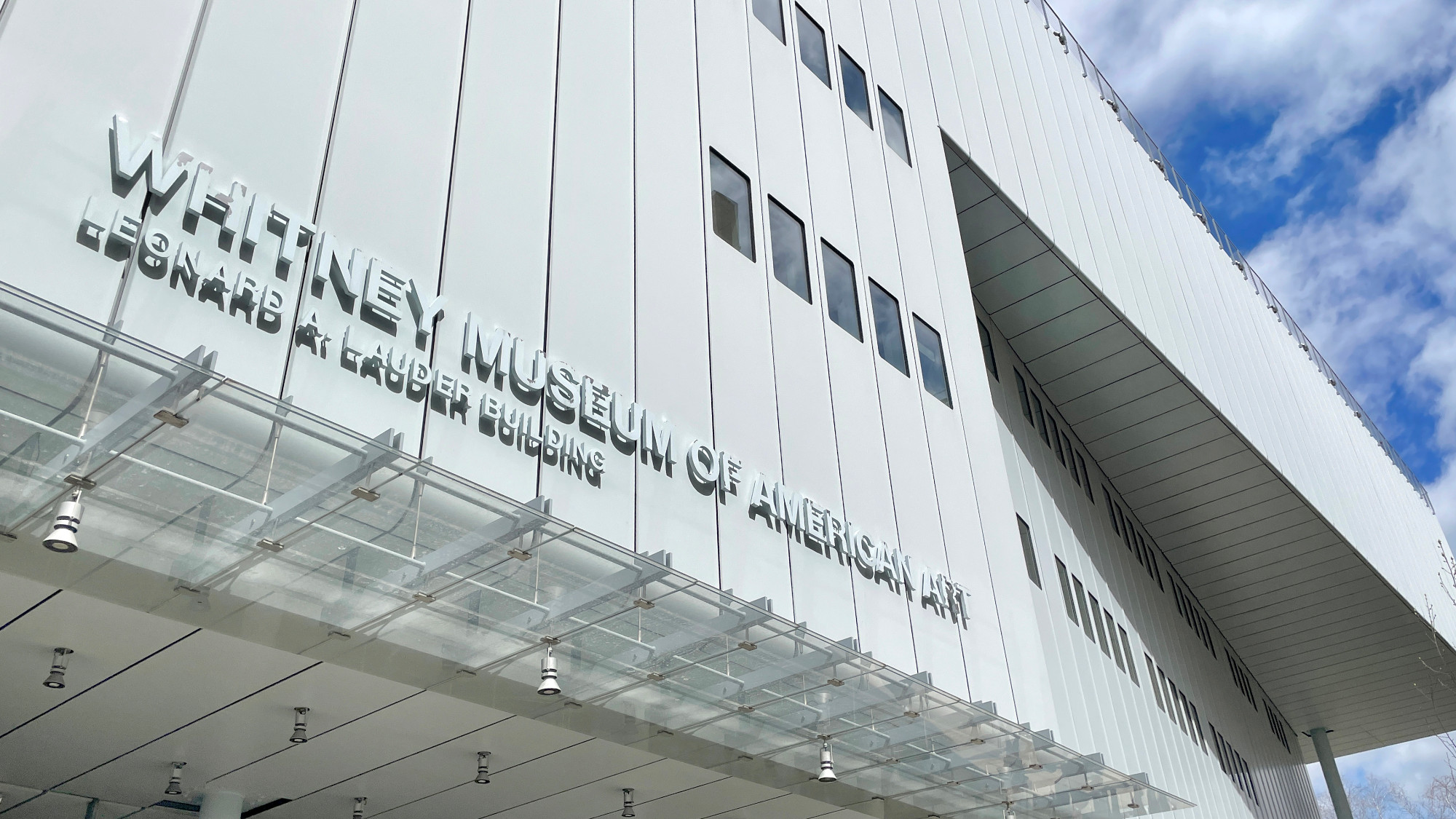
At long last, an exhibition of 1960s art has arrived that “makes the decade weird again,” said Jerry Saltz in NYMag.com. For too long, museums have been mounting tributes to the era suggesting that pop art, minimalism, conceptualism, land art, and feminism were the only languages spoken. Happily, “Sixties Surreal” is “not the same old same old.” It uses an elastic definition of “surreal” to bring together some 150 works by 111 artists who plugged into the madness and openness of the period. The “electrifying” first sight that greets visitors is a trio of enormous double-humped camels created in 1969 by sculptor Nancy Graves. A bright-orange backdrop makes the display pop all the more, and “this blast of fresh air only intensifies as you make your way through the rest of the show.”
“‘Sixties Surreal’ might seem like a mea culpa on the part of the Whitney,” said Deborah Solomon in The New York Times. The museum played a major role, after all, in pushing many of these same artists to the margins of the story it told about postwar American art. Many of them arguably did carry on the surrealist project of celebrating the less rational realms of consciousness, often by way of psychosexual paintings and sculptures that “thwacked conventional standards of beauty.” Christina Ramberg, a Chicago painter, specialized in close-up images of women’s bodies constrained by bandages and tight corsets. Martha Edelheit, another of the 47 women in the show, is making her Whitney debut at age 94 with a 16-foot-wide painting she completed in 1965. In Flesh Wall With Table, nude female figures “sprawl from edge to edge of the canvas, their flesh graced with a rainbow of color that progresses from delicate ivories and pinks to dense ceruleans and purples.”
“If there’s a problem with the show, it’s that everything becomes surrealism in the end,” said Marion Maneker in Puck. There are plenty of worthy flag bearers here, including Martha Rosler, who was ahead of her time in creating photomontages that highlighted the sexual politics and global violence undergirding U.S. consumer culture. But the inclusion of well-known artists as varied as Faith Ringgold and Kenneth Anger “makes you wonder where the boundaries of surrealism lie.” And that’s true as well of one of the featured works: a 39-foot-wide reclining male nude by the painter Harold Stevenson. “Once dismissed as a gargantuan art-world curio,” Stevenson’s The New Adam “is now being considered as an ahead-of-its-time, era-defining masterpiece,” said William Van Meter in Artnet. Just be ready for it. When the Guggenheim Museum declined at the last minute to include the painting in a seminal 1963 group show, the curator told Stevenson it would be too distracting to exhibit “a phallus the size of a man.”
The Week
Escape your echo chamber. Get the facts behind the news, plus analysis from multiple perspectives.

Sign up for The Week's Free Newsletters
From our morning news briefing to a weekly Good News Newsletter, get the best of The Week delivered directly to your inbox.
From our morning news briefing to a weekly Good News Newsletter, get the best of The Week delivered directly to your inbox.
A free daily email with the biggest news stories of the day – and the best features from TheWeek.com
-
 The best homes of the year
The best homes of the yearFeature Featuring a former helicopter engine repair workshop in Washington, D.C. and high-rise living in San Francisco
-
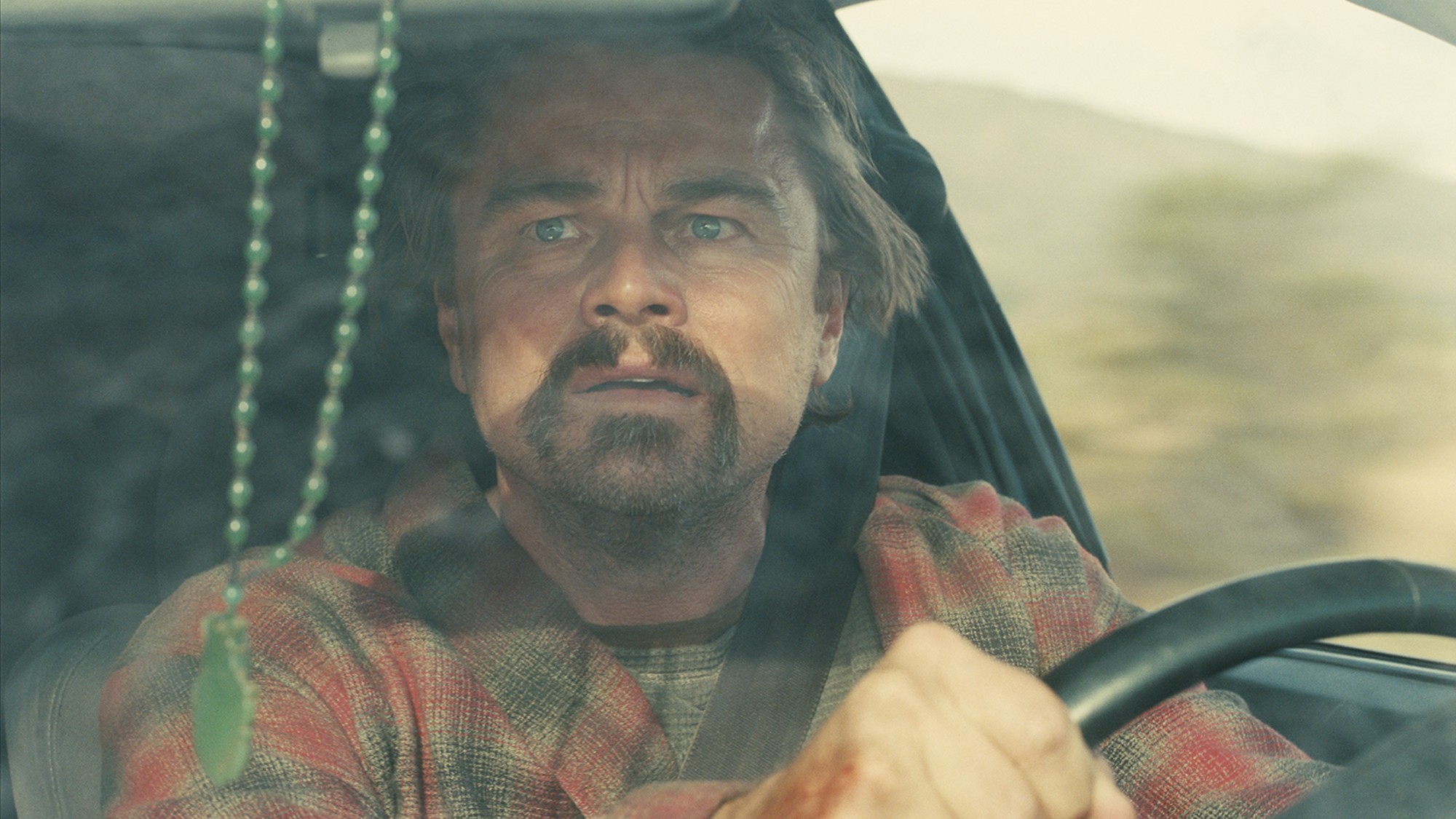 Critics’ choice: The year’s top 10 movies
Critics’ choice: The year’s top 10 moviesFeature ‘One Battle After Another’ and ‘It Was Just an Accident’ stand out
-
 A luxury walking tour in Western Australia
A luxury walking tour in Western AustraliaThe Week Recommends Walk through an ‘ancient forest’ and listen to the ‘gentle hushing’ of the upper canopy
-
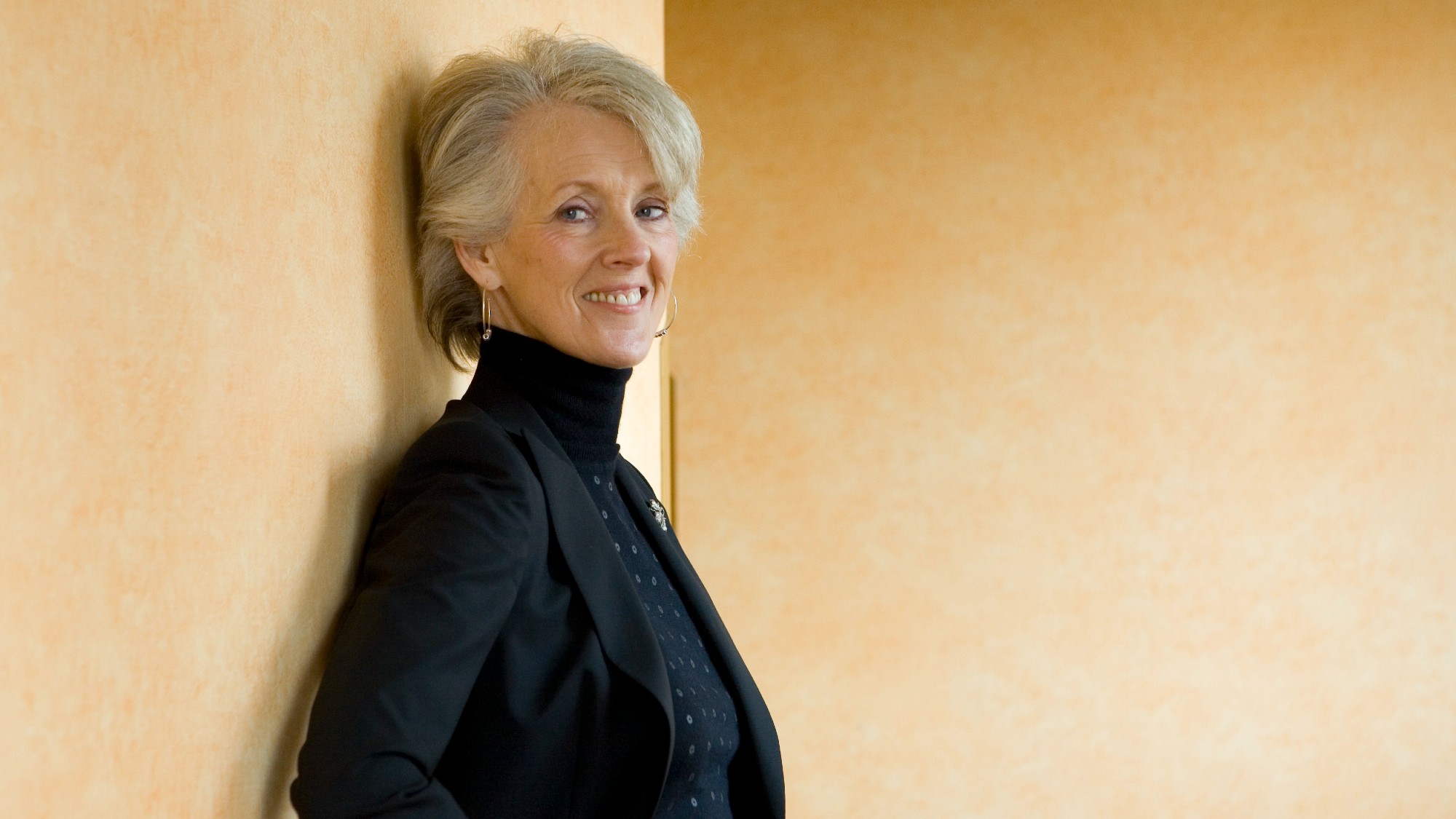 Joanna Trollope: novelist who had a No. 1 bestseller with The Rector’s Wife
Joanna Trollope: novelist who had a No. 1 bestseller with The Rector’s WifeIn the Spotlight Trollope found fame with intelligent novels about the dramas and dilemmas of modern women
-
 Appetites now: 2025 in food trends
Appetites now: 2025 in food trendsFeature From dining alone to matcha mania to milk’s comeback
-
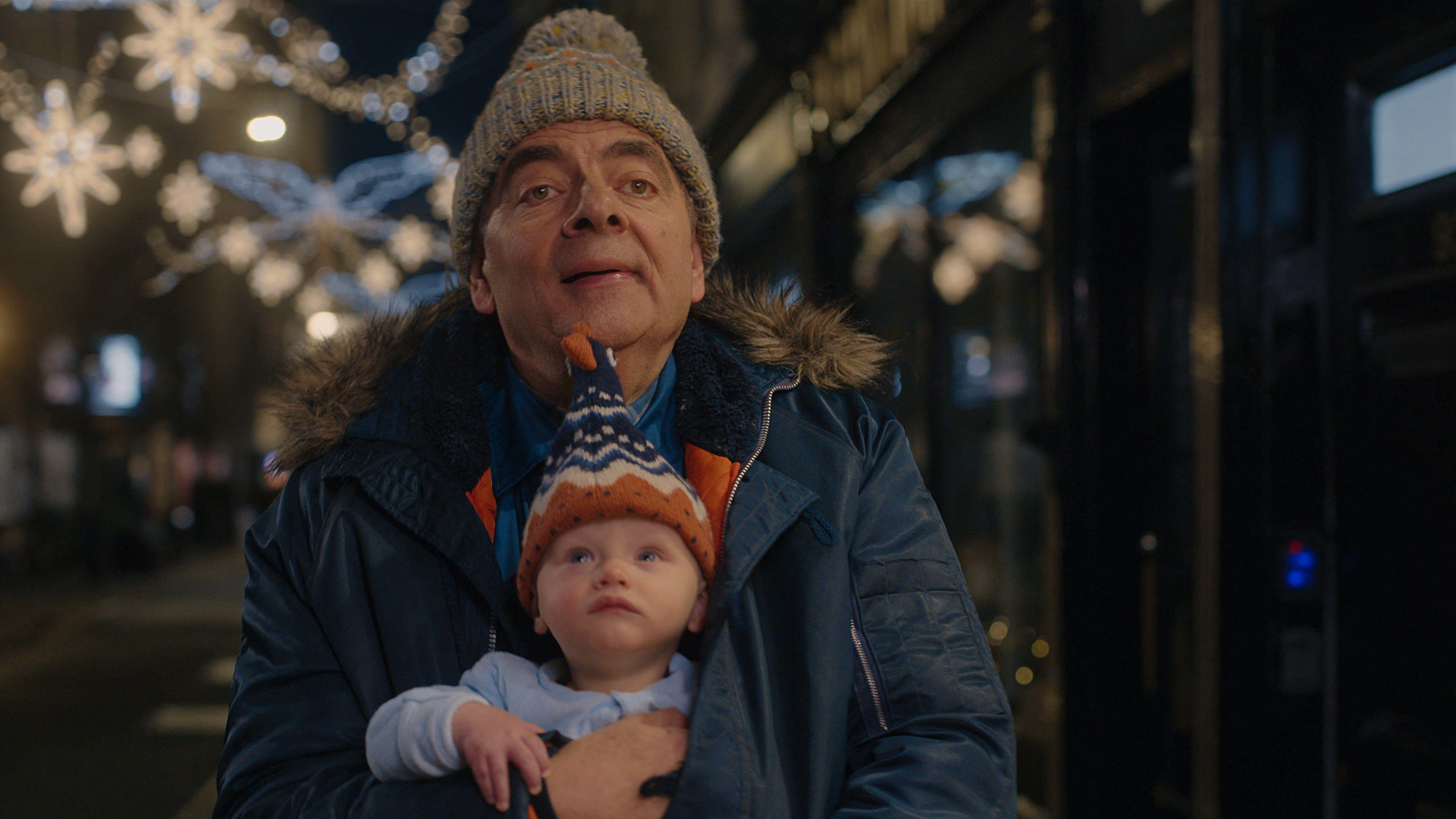 Man vs Baby: Rowan Atkinson stars in an accidental adoption comedy
Man vs Baby: Rowan Atkinson stars in an accidental adoption comedyTalking Point Sequel to Man vs Bee is ‘nauseatingly schmaltzy’
-
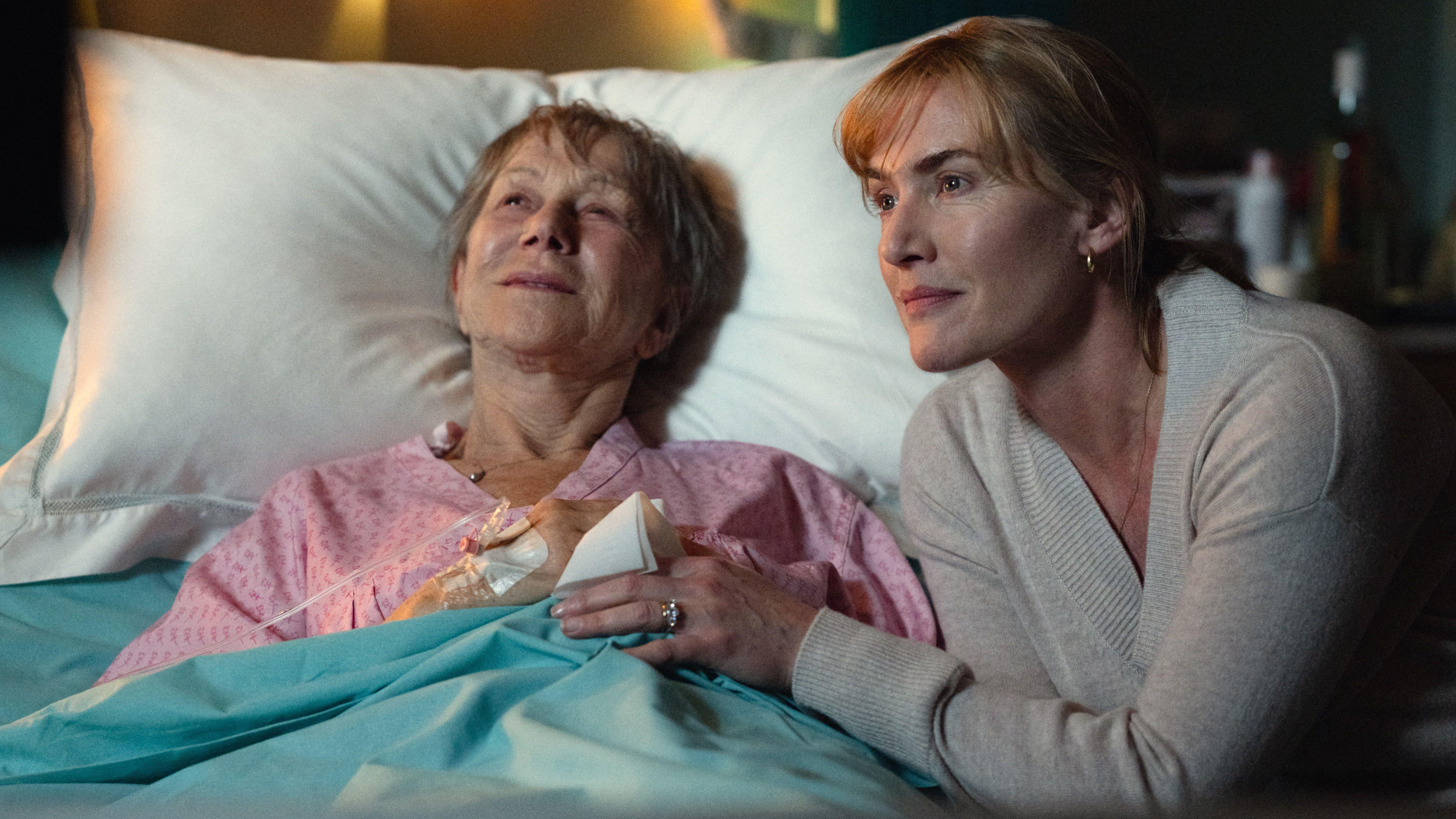 Goodbye June: Kate Winslet’s directorial debut divides critics
Goodbye June: Kate Winslet’s directorial debut divides criticsTalking Point Helen Mirren stars as the terminally ill English matriarch in this sentimental festive heartwarmer
-
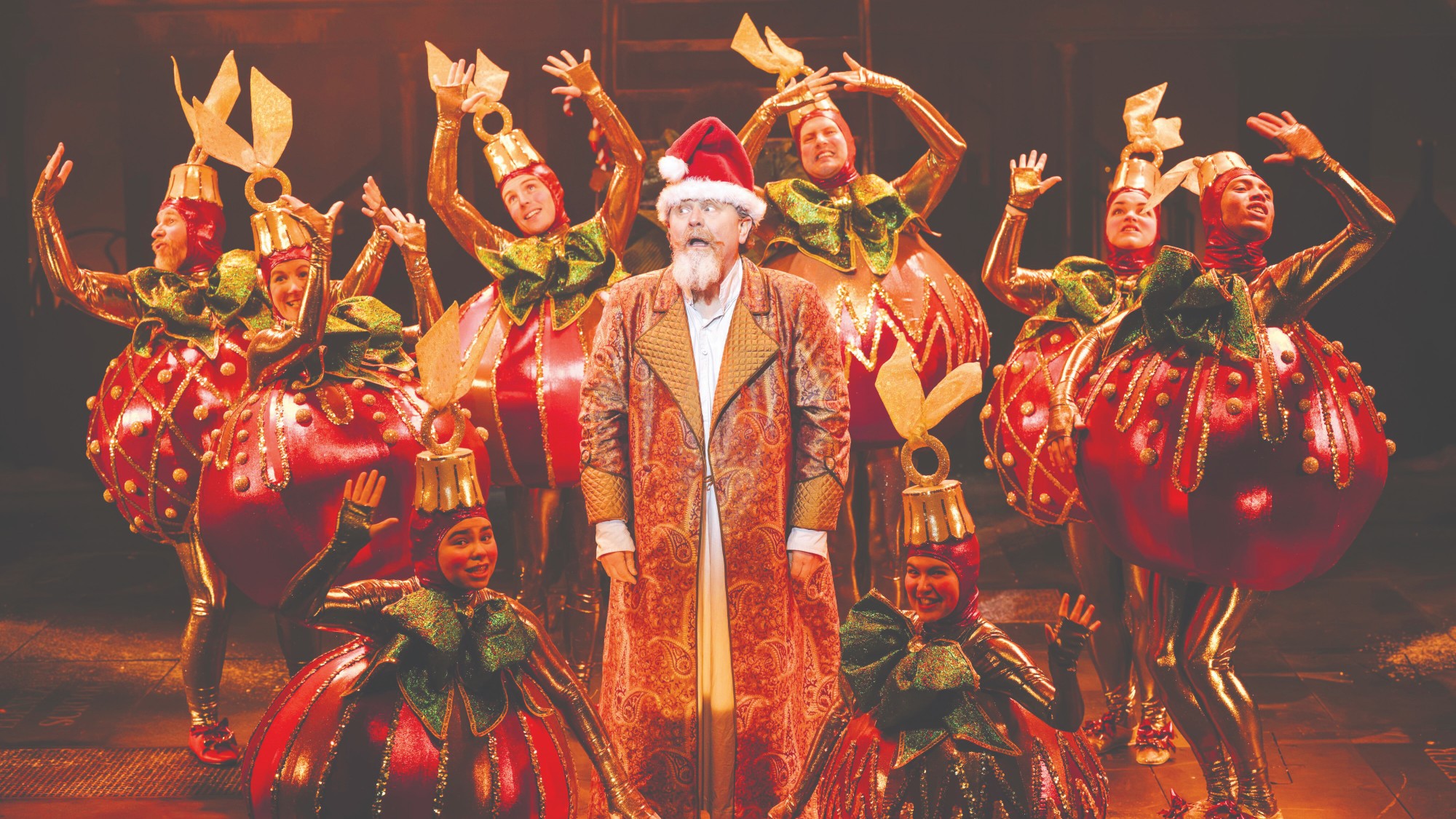 A Christmas Carol (or two)
A Christmas Carol (or two)The Week Recommends These are the most delightful retellings of the Dickens classic from around the country


